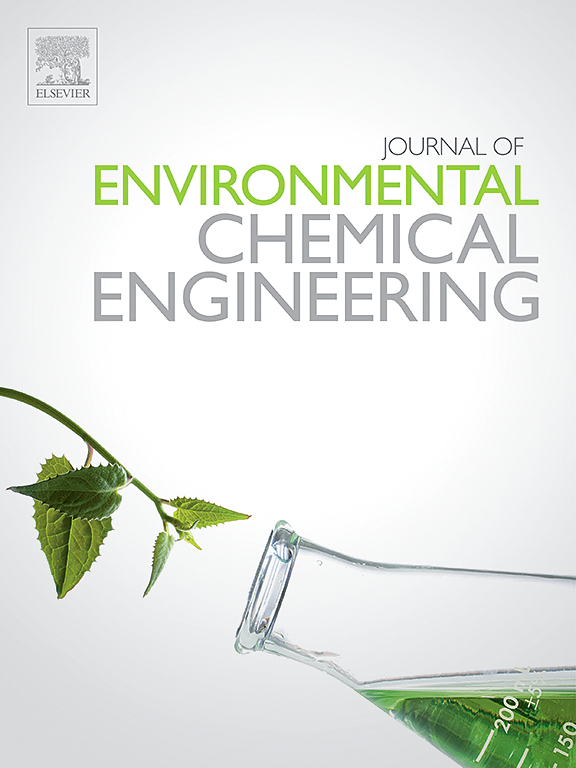Mechanism and application of environmental engineering and civil engineering: From biological nanoarchitectonics to system engineering
IF 7.4
2区 工程技术
Q1 ENGINEERING, CHEMICAL
引用次数: 0
Abstract
Over the past two decades, microbial-induced carbonate precipitation (MICP) has emerged as a promising biomineralization technology mediated by specific bacteria. With its simple and controllable characteristics, MICP has shown significant potential for various applications such as remediation of cracks, corrosion prevention in concrete, and treatment of heavy metals. This review provides an in-depth review of the fundamental pathways, mechanisms, operational factors, and application approaches of the MICP process in environmental and civil engineering. Moreover, as an important carbonate precipitation process, the potential of MICP technology in CO2 capture, utilization, and storage (CCUS) and the main challenges were also discussed thoroughly, especially in treating alkaline solid waste. This review can provide a crucial reference for MICP in CCUS and assist in CO2 control. While MICP is undoubtedly a mainstream engineering technology, the future of MICP lies in combination with other techniques to ensure the application of this technology in interdisciplinary processes.
求助全文
约1分钟内获得全文
求助全文
来源期刊

Journal of Environmental Chemical Engineering
Environmental Science-Pollution
CiteScore
11.40
自引率
6.50%
发文量
2017
审稿时长
27 days
期刊介绍:
The Journal of Environmental Chemical Engineering (JECE) serves as a platform for the dissemination of original and innovative research focusing on the advancement of environmentally-friendly, sustainable technologies. JECE emphasizes the transition towards a carbon-neutral circular economy and a self-sufficient bio-based economy. Topics covered include soil, water, wastewater, and air decontamination; pollution monitoring, prevention, and control; advanced analytics, sensors, impact and risk assessment methodologies in environmental chemical engineering; resource recovery (water, nutrients, materials, energy); industrial ecology; valorization of waste streams; waste management (including e-waste); climate-water-energy-food nexus; novel materials for environmental, chemical, and energy applications; sustainability and environmental safety; water digitalization, water data science, and machine learning; process integration and intensification; recent developments in green chemistry for synthesis, catalysis, and energy; and original research on contaminants of emerging concern, persistent chemicals, and priority substances, including microplastics, nanoplastics, nanomaterials, micropollutants, antimicrobial resistance genes, and emerging pathogens (viruses, bacteria, parasites) of environmental significance.
 求助内容:
求助内容: 应助结果提醒方式:
应助结果提醒方式:


